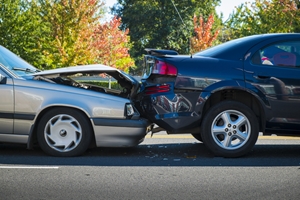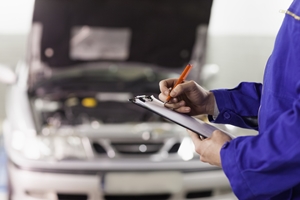 CTP insurance is a necessary part of car ownership.
CTP insurance is a necessary part of car ownership.
Though we hope you’ll never have to make one yourself, plenty of Australians end up claiming on ctp insurance every year.
The New South Wales Government Motor Accidents Authority Annual Report 2012-2013 period takes an in depth look at who is claiming on ctp insurance and why, according factors such as age, gender, and type of vehicle.
This provides great insight into who’s making (and causing!) claims most often, as well as what these claims actually end up costing.
According to the data collected in 2013, the age group causing the highest proportion of injury crashes are aged between 26 and 49 years old, with 45.3 per cent of recorded injury crashes attributed to them. However, this age group also makes up the largest number of NSW licence holders, with 44.7 per cent of total licence holders coming from this group.
This age group also made up the highest total claims cost, sitting at 45.1 per cent.
Closely following this age bracket were the 17 to 25 and 50 to 69 age brackets, accounting for 25.6 and 19.9 per cent of injury crashes caused, respectively. Other age groups were significantly lower, with those aged over 70 responsible for 5.1 per cent and those under 16 responsible for 0.3 per cent.
Overall, the 17 to 25 age bracket made up 25.3 per cent of total claims cost and 50 to 69 accounted for 22.6 per cent of NSW claims cost.
In terms of likelihood to cause a crash based on gender, males appear to be the most frequent. Of injury crashes recorded in the 2012 to 2013 period, 59.4 per cent were caused by males, 29.1 per cent caused by females and 11.9 per cent were unknown.
Drivers are the most likely road user to make a claim, making up 49.5 per cent of total claims. This was followed by passengers, and pedestrians. Pillion passengers are the least likely road user to make a claim, however, they account for the second highest average cost per claim at $216,900.
This is topped only by riders, who cost an average of $227,200 per claim.
 Prevention is the best measure when it comes to road safety. This is why it’s essential to check your car every season to ensure it’s in effective working condition – don’t wait until you take it to the mechanic!
Prevention is the best measure when it comes to road safety. This is why it’s essential to check your car every season to ensure it’s in effective working condition – don’t wait until you take it to the mechanic!
 When searching for a new car, safety is often at the top of the list for Australians. Driving can be dangerous, so making sure your car is packed full of safety features is one of the best lines of defence in case of an accident.
When searching for a new car, safety is often at the top of the list for Australians. Driving can be dangerous, so making sure your car is packed full of safety features is one of the best lines of defence in case of an accident. There are certain responsibilities that come with owning and driving a car on the Australian roads. From obtaining a ctp green slip and registering your vehicle to ensuring you stick to the speed limit, owning a car is something that can’t be taken lightly.
There are certain responsibilities that come with owning and driving a car on the Australian roads. From obtaining a ctp green slip and registering your vehicle to ensuring you stick to the speed limit, owning a car is something that can’t be taken lightly.